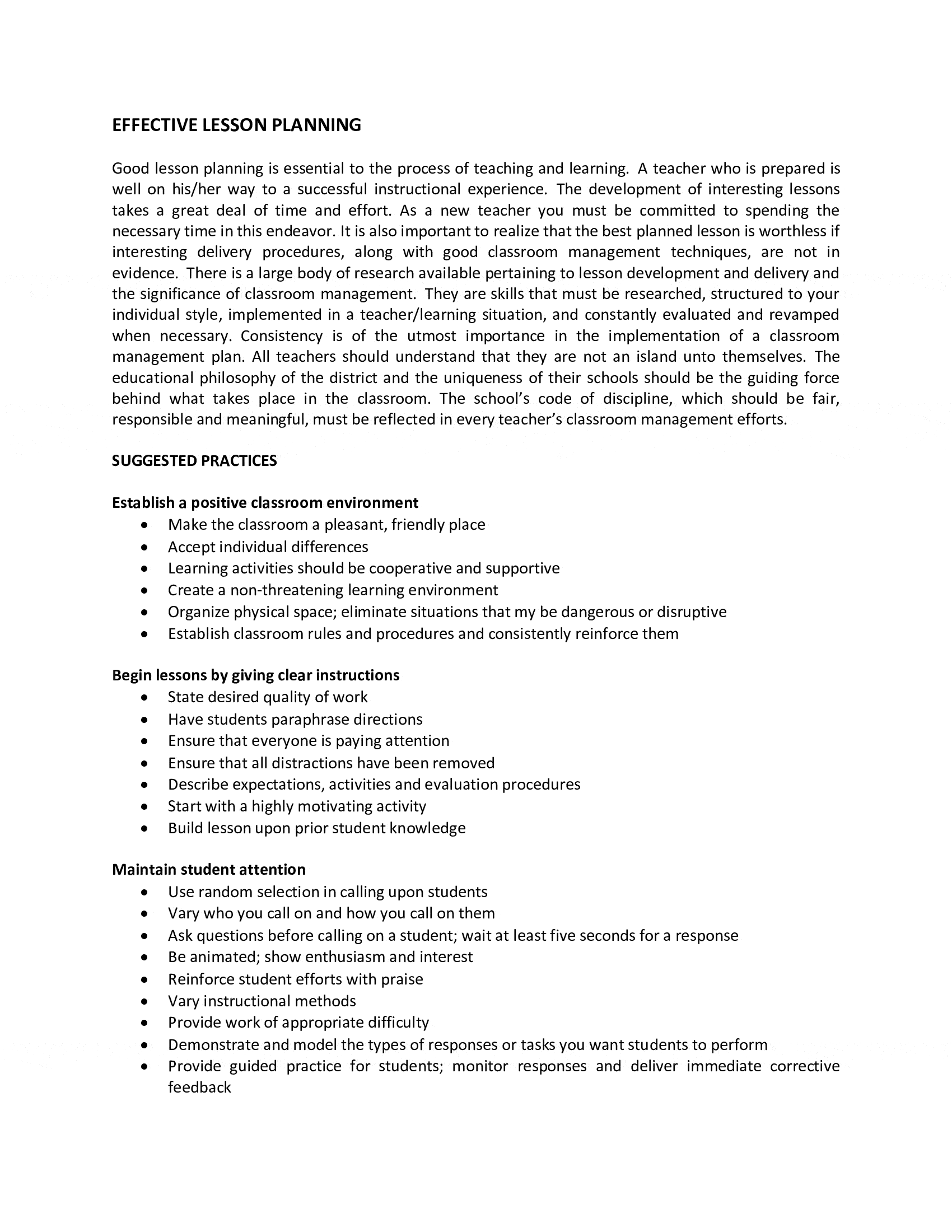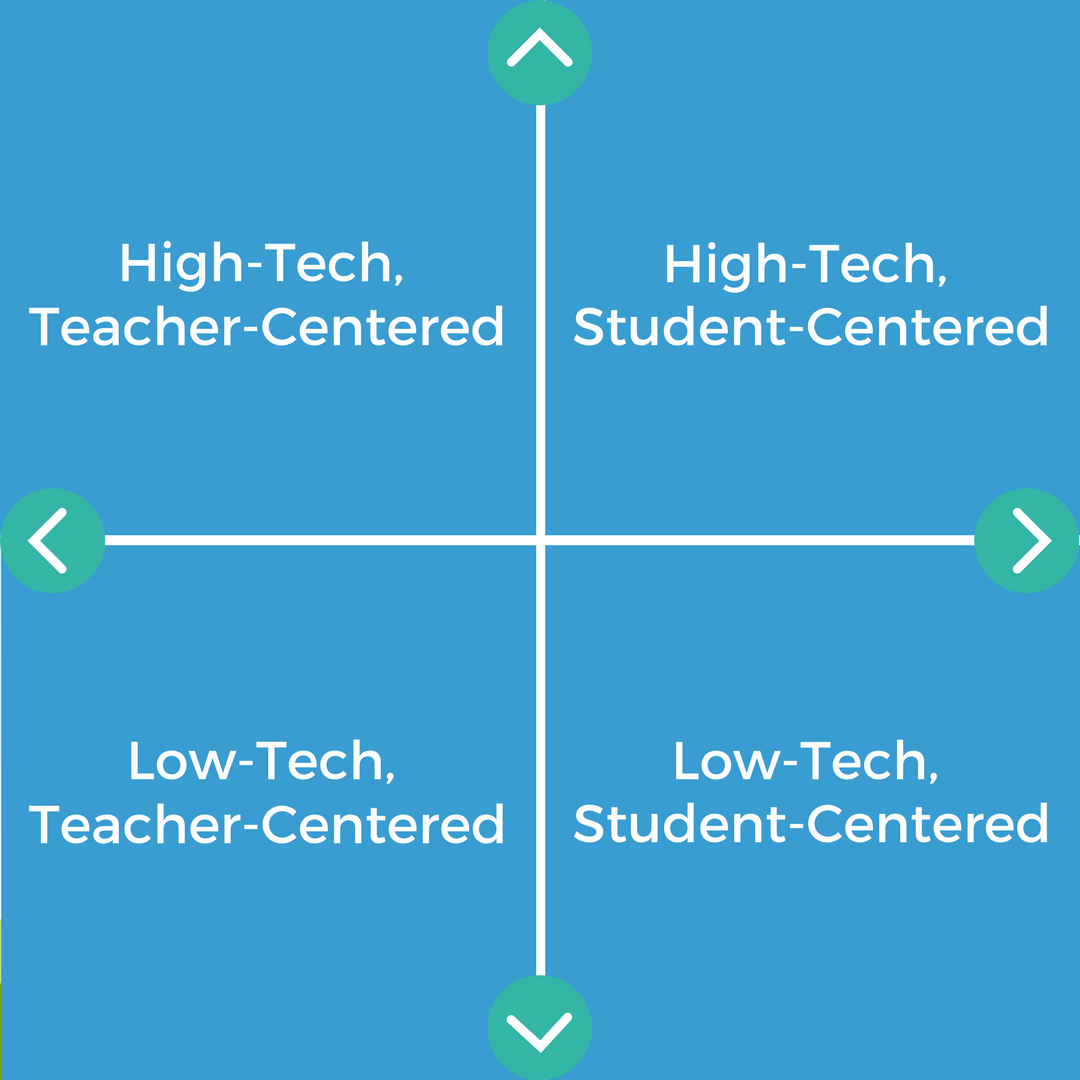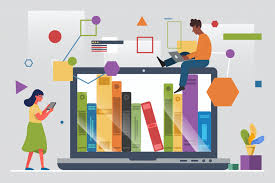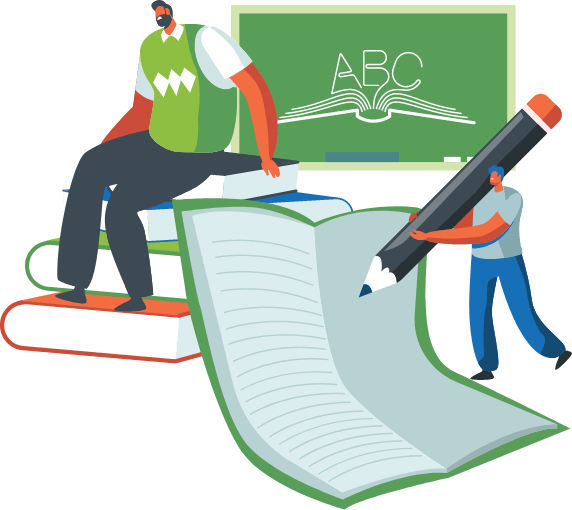
General Teaching Methodology
Teaching methodology is a course that introduces students to the general methods of teaching. Students

Tecahing Practice
This course includes two important parts:
- A school placement in an elementary school
- A seminar that meets regularly
School placement
The developmental practicum experience in semester 3 provides elementary grade Student Teachers with carefully sequenced and supervised field experiences in all areas of the elementary curriculum. Opportunities to work with children at two different grade levels, an upper and lower elementary school classroom, are provided. As a Student Teacher, you will work with children from a variety of backgrounds and with different capabilities. Initially you will conduct formal observations and complete a variety of school-based assignments, but you are expected to gradually take a more active role, with increased responsibilities in each classroom.
During this developmental practicum, you are expected to critically select and use appropriate materials, resources (including persons in the community), and technology, and to have opportunities to employ various classroom-management techniques and a variety of formative and summative evaluation techniques (including authentic assessment).1 Collaboration with other Student Teachers and professionals in the school setting is encouraged in order to develop team-building skills and utilization of all resources to enhance children’s learning.
Ideally, groups of three or four Student Teachers are placed in each school. Opportunities for peer coaching as well as coaching by the Cooperating Teacher and a College/University Practicum Supervisor are provided. You are encouraged to take advantage of any opportunities to interact with parents and to develop skills for communicating with parents under the guidance of the Cooperating Teacher.
Seminar
The seminar that accompanies your fieldwork will be facilitated by your College/ University Practicum Supervisor and is designed to link pre-service program content to classroom practice. You will have an opportunity to clarify and revise your teaching goals and beliefs about a wide range of educational issues. The primary focus of this seminar is inducting Student Teachers into professional practice. Habits of thinking that provide the foundation for continued growth as a teacher are as important as strategies for solving immediate classroom issues and problems.
Student Teachers will be expected to complete a variety of seminar assignments during this semester. Most, but not all, of these assignments will be directly linked in some way to your classroom experiences. For example:
- Present an analysis of your own or a peer’s teaching
- Conduct observations focused on specific classroom practices or an individual child
- Try out a particular method and reflect on its success in achieving its purpose.
All of the assigned tasks are flexible enough to allow for adaptation to a wide variety of classrooms.

Teaching Methodology ( Professional)
This course is an introduction to teaching methods used in primary schools.
Because you have been a primary school student, you will recognize some of these
methods. However, you know them from a student’s perspective rather than from a
teacher’s perspective.
Teaching methods are often divided into two broad categories: teacher-centered methods
(also called direct instruction) and learner-centered methods (also called indirect
instruction or inquiry-based learning). An effective teacher knows several methods,
some teacher-directed and others learner-directed. From among these methods, a
teacher selects the one method or combination of methods most likely to achieve a
particular lesson’s objectives with a particular group of students.
Because teaching and learning interact, a course about teaching must also be about
learning. The content and structure of the course is based on two strong claims about learning. First, learning results from what a student already knows, thinks, and does –and only from these actions of the student’s mind. A teacher enables students to learn by influencing what the student does to learn but the student has to do it. Second, as students progress through school they should learn to become their own teachers. That is, students should learn how to learn using their teachers as models.

Teaching of Literacy Skills
The purpose of this course is to help prospective teachers understand the theory and practice of teaching early reading and writing. Reading and writing are seen as related, integrated meaning-making processes, which are reciprocal with the oral language processes, listening and speaking. Like oral language, reading and writing develop over time through the child’s active interaction with print and the environment, with support and facilitation by the teacher. Adopting effective strategies that foster success and a love of reading is a key to supporting all children as they engage in the process of becoming readers and writers.
The course will provide learners with a grounding in what it means to be a reader and early reading development, which is the foundation for the continuation of literacy development. A major goal is to develop the learners’ understanding that reading is a complex process of constructing meaning through the interaction of a reader’s existing knowledge, the information in the text, and the context of the reading. Students will also understand the connection between reading and writing and the important role of writing in early literacy development.
Further, we will consider that most students will be learning to read and write in a language that is not his or her first language. Although the development of reading and writing in a second language follows the same trajectory as the development in a first language, there is by necessity a delay as students begin to learn the languages of the school.

Pedagogy of Teaching English
This three-credit hour course has been designed to develop pedagogical skills in Student Teachers for teaching and assessing the English language to students in elementary grades. The course spans 16 weeks. The basic aim of the course is to enable Student Teachers to master the pedagogies related to teaching and assessment in the English language. Student Teachers will also be able to integrate the practical activities meant for the development of the four skills with the pedagogies. They will also gain practical experience in the teaching of grammatical as well as lexical aspects of the English language. Student-centered and communicative approaches will be followed. The course will include a research-based project related to teaching-learning problems in English as a Second Language (ESL) classrooms and their potential solutions. At the end of the course, Student Teachers will have a good understanding of practical classroom problems in the teaching of English and their solutions. This course aims to enable Student Teachers to put their knowledge of different English language teaching approaches learned in the previous course into practice most suitably according to their own specific needs.

Teaching of Literacy Skills
The purpose of this course is to help prospective teachers understand the theory and practice of teaching early reading and writing. Reading and writing are seen as related, integrated meaning-making processes, which are reciprocal with the oral language processes, listening and speaking. Like oral language, reading and writing develop over time through the child’s active interaction with print and the environment, with support and facilitation by the teacher. Adopting effective strategies that foster success and a love of reading is a key to supporting all children as they engage in the process of becoming readers and writers.
The course will provide learners with a grounding in what it means to be a reader and early reading development, which is the foundation for the continuation of literacy development. A major goal is to develop the learners’ understanding that reading is a complex process of constructing meaning through the interaction of a reader’s existing knowledge, the information in the text, and the context of the reading. Students will also understand the connection between reading and writing and the important role of writing in early literacy development.
Further, we will consider that most students will be learning to read and write in a language that is not his or her first language. Although the development of reading and writing in a second language follows the same trajectory as the development in a first language, there is by necessity a delay as students begin to learn the languages of the school.